As the winter chill settles in, the quest for a warm and inviting home becomes a top priority. Whether you’re looking to reduce electricity expenses, embrace sustainable living, or simply enhance the coziness of your living spaces. There are numerous ways to keep your house warm without relying on traditional heating systems. This comprehensive guide explores the top 11 tips for keeping a poorly insulated house warm, covering everything from addressing cold sources to implementing budget-friendly heating devices. By strategically combining these methods, you can create a haven of comfort that lasts throughout the colder seasons.
How to Get Rid of Sources of Cold
Start your journey of home warming by addressing the sources of cold in your living space. An unexpectedly cold winter may catch you off guard if your home is not prepared enough. That is why, It’s essential to prioritize warming your home before considering the addition of any heating system. If your windows lack proper insulation, heating the space may prove ineffective, as the warmth will simply escape outside.
In this section, we will thoroughly explore all the aspects you need to evaluate and update before introducing a heater and incurring electricity expenses.
1. Seal Drafts and Gaps

One of the primary culprits in letting cold air infiltrate your home is drafting around windows and doors. Take the time to inspect these areas and use weatherstripping, caulk, or draft stoppers to seal gaps to keep your house warm. This simple step can make a significant difference in maintaining a warmer indoor environment.
2. Upgrade Insulation
Improving insulation in walls, ceilings, and floors is a long-term solution to keep your home warm. Enhance your home’s insulation by incorporating a layer of building insulation into your walls. The insulating material acts as a formidable barrier against the cold, preserving the warmth within your living spaces. Consider adding insulation in key areas, such as the attic or walls. This helps to reduce heat loss and maintain a consistent temperature indoors.
3. Sealing Balcony Doors


Often overlooked, balcony doors can significantly contribute to heat loss. Employ weatherproofing strips or draft stoppers to seal these openings effectively, ensuring that the cold air remains outside.
By taking these steps, you can significantly reduce heat loss, minimize drafts, and create a more comfortable and energy-efficient living space.
How to Warm a House Without Electricity
4. Use Heavy Curtains


One of the key advantages of heavy curtains is their ability to keep warm air inside and block out the cold air from outside. This thermal retention not only contributes to a warmer indoor atmosphere but also helps reduce the overall energy consumption needed to maintain a comfortable temperature. Heavy curtains create a sustainable and cost-effective heating solution by harnessing the natural warmth of sunlight during the day and trapping it indoors through the night.
To maximize the effectiveness of heavy curtains, opt for designs that extend well beyond the window frame and reach the floor. This ensures that the curtain forms a complete barrier, preventing heat loss at the bottom and sides of the window. Additionally, consider using curtains with thermal lining, which adds an extra layer of insulation to enhance their heat-retaining properties.
Beyond their practical benefits, heavy curtains also offer an opportunity to enhance the aesthetic appeal of your living spaces. Choose colors and textures that complement your interior design while simultaneously serving the dual purpose of keeping your home warm and comfortable.
5. Embrace Carpets and Rugs
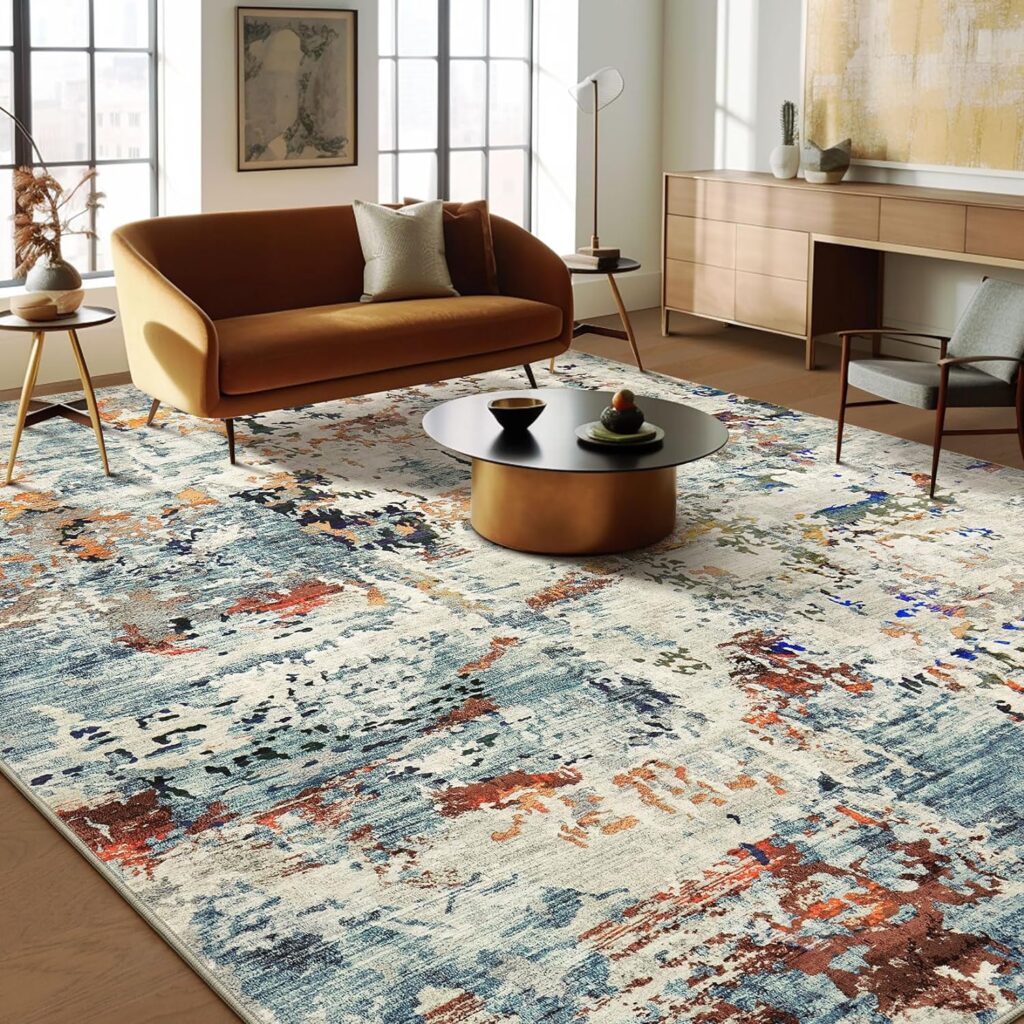

Carpets and rugs act as insulators, providing an additional layer of thermal resistance against the cold that seeps through floors. In older homes or those with hardwood or tile flooring, which can be notorious for conducting and radiating cold temperatures, carpets play a crucial role in preventing heat loss. Their dense fibers trap warm air, creating a barrier that keeps your feet and the entire room comfortably warm.
To maximize the warming effect, opt for carpets or rugs with thicker piles, as they provide better insulation against the cold. Woolen rugs, in particular, are excellent choices due to their natural ability to regulate temperature and their luxurious softness underfoot. Place these cozy floor coverings strategically in areas where you spend the most time, such as the living room or bedroom, to enjoy their warming benefits to the fullest.
6. Create a Warm Ambiance


Crafting a warm ambiance in your home involves a thoughtful blend of design elements that go beyond mere temperature control. Start by embracing warm lighting options, such as soft bulbs or the gentle glow of candles, to instill a sense of tranquility and intimacy.
Adding throw blankets and plush cushions in these warm tones not only complements your color scheme but also introduces an extra layer of comfort, inviting you to snuggle up and unwind.
Moreover, infusing your space with warm colors like deep reds, yellows, and oranges can have a profound impact on the overall ambiance. These hues create a visual cocoon of warmth, evoking feelings of comfort and coziness which help to warm the house. Use these colors strategically in your decor, whether through accent walls, textiles, or art, to enhance the inviting atmosphere.
The careful integration of color, combined with other elements like soft lighting and personal touches, ensures that every corner of your home radiates the welcoming warmth you desire.
7. Embrace Cooking and Baking
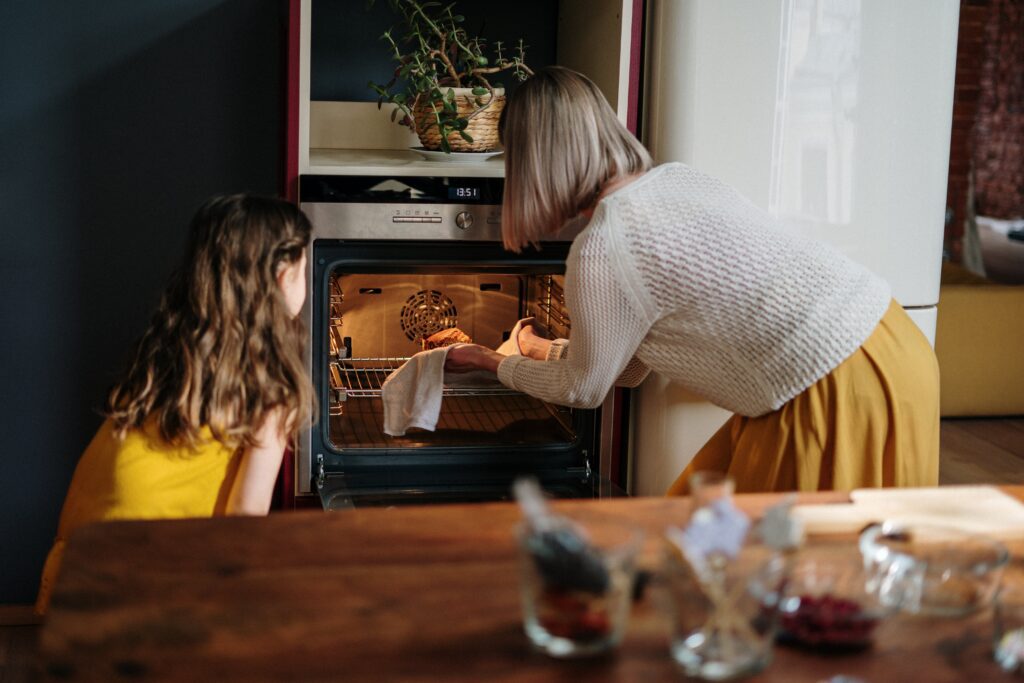
The process of cooking itself generates heat, turning your kitchen into a literal heart of the home. The sizzle of ingredients in a pan, the hum of the oven, and the comforting sounds of chopping and stirring contribute to an ambiance that is both lively and nurturing. As you prepare meals, the heat generated from cooking appliances naturally warms the immediate surroundings, creating a cozy retreat within your home.
Baking, in particular, amplifies the warming effect and keeps your house warm. The prolonged time that an oven is in use provides a sustained source of heat, gradually seeping into adjacent rooms. To maximize the warming effect, consider incorporating slow-cooking methods or preparing meals that require longer cooking times. Simmering soups, stews, or roasting a hearty dish not only fills your home with enticing aromas but also ensures a steady release of warmth over an extended period.
Begin by consuming more hot drinks during winter as they warm the body. Consider organizing a tea ceremony with your family or close friends to enhance the charm of the experience. Explore our article about Turkish Tea Sets to learn more about the tea ceremony and delve into Turkish hospitality culture.
8. Employ Humidifiers

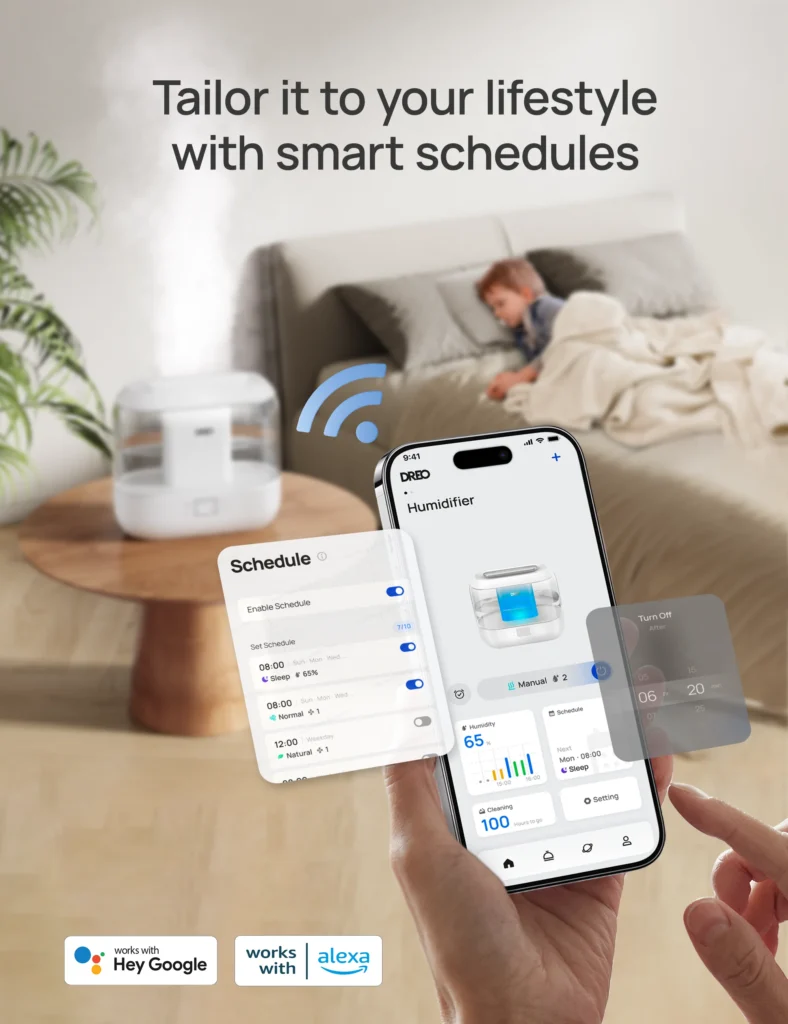
Humidifiers work by adding moisture to the air, which not only benefits your skin and respiratory health but also has a direct impact on how you perceive temperature. Dry air tends to feel cooler than humid air at the same temperature. A properly humidified room feels warmer and more comfortable. By maintaining optimal humidity levels, typically between 30% and 50%, you create an environment that not only supports your well-being but also enhances the overall warmth of your home.
During winter, when heating systems can contribute to dry indoor air, humidifiers become invaluable in counteracting this effect. As the humidifier releases water vapor into the air, it creates a fine mist that adds moisture to the surroundings, preventing the air from becoming overly dry. This moisture, in turn, helps retain heat, making your home feel warmer without having to crank up the thermostat.
While the benefits of humidifiers are undeniable, it’s essential to strike a balance. Too much humidity can lead to issues like mold and dust mites. Regular maintenance and monitoring of humidity levels will help you keep your home comfortably warm without compromising air quality.
Budget-Friendly Heating Devices
If the methods listed above haven’t provided the desired results, it is indeed time to consider investing in your home heating. However, before hastily spending thousands of dollars on a heating system, explore these top three budget-friendly heating devices to warm your home.
9. Portable Ceramic Heaters


These compact devices are designed to deliver targeted warmth where you need it most, providing an effective alternative or supplement to central heating systems. Whether you’re looking to create a toasty corner in a chilly room or seeking an energy-efficient way to keep your apartment warm, portable ceramic heaters offer a practical and cost-effective solution.
One of the key advantages of portable ceramic heaters lies in their rapid and focused heating capabilities. Equipped with ceramic heating elements, these devices quickly generate warmth by passing electricity through the ceramic plates. Their portability means you can easily move them from one room to another, ensuring that you always have the warmth where you need it.
10. Wall-mounted Heaters

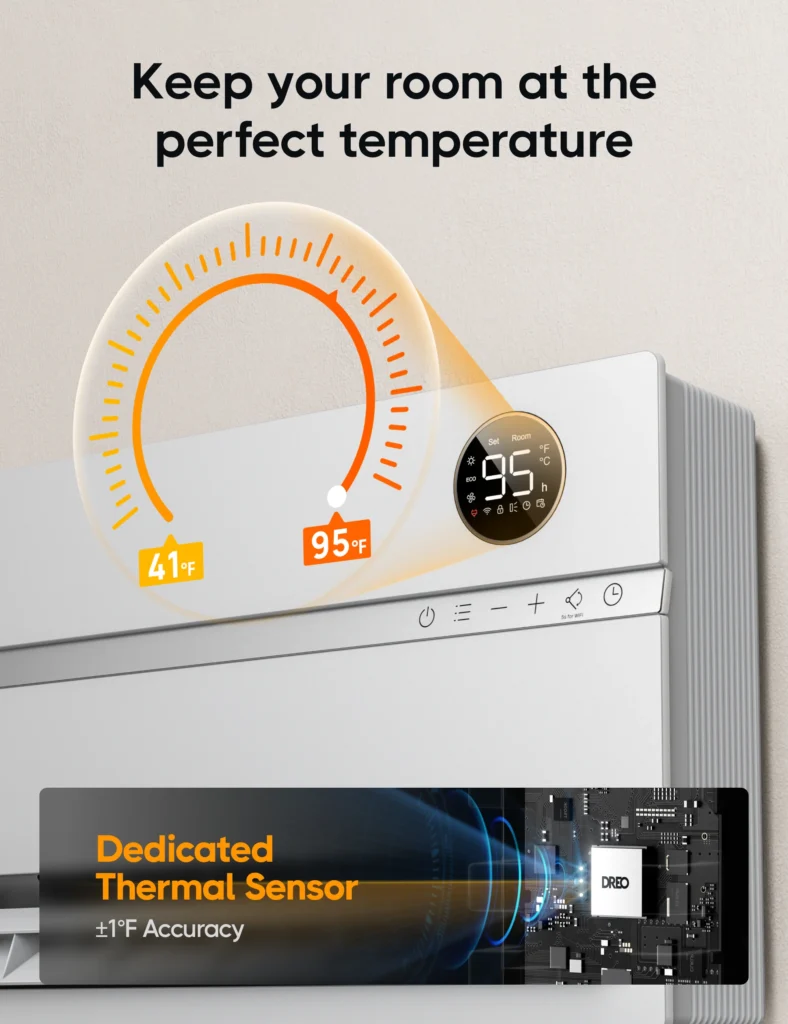
Wall-mounted Heaters are designed to be both unobtrusive and effective. They are offering seamless integration into your living spaces while providing targeted warmth where it’s needed most. As homeowners seek alternatives to traditional heating methods, wall-mounted heaters present an elegant and energy-efficient option that combines form with function.
One of the primary advantages of wall-mounted heaters lies in their ability to maximize space. By affixing directly to the wall, these heaters free up valuable floor space, making them an excellent choice for smaller rooms or areas where space is at a premium.
Aesthetically, wall-mounted heaters can enhance the visual appeal of a room. With sleek and modern designs, these units seamlessly blend into the decor, offering a minimalist and contemporary look.
11. Oil Filled Radiator Heaters

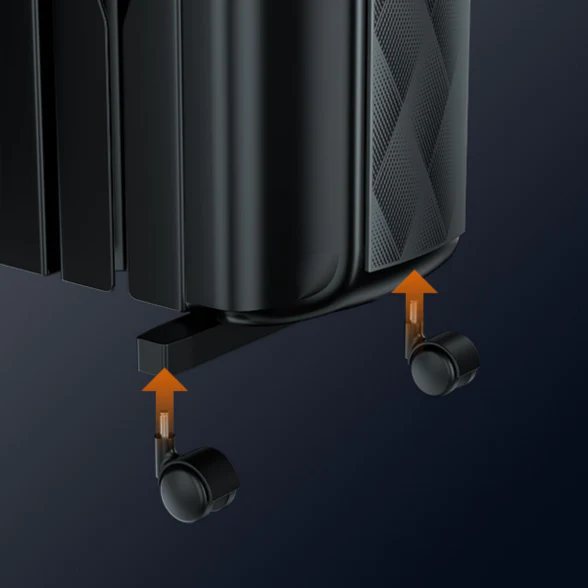
In the realm of home heating solutions, oil-filled radiator heaters stand out as reliable and efficient appliances that bring both silent radiance and consistent warmth to your living spaces. Renowned for their steady, long-lasting heat output, these heaters offer a unique blend of efficiency, safety, and versatility, making them a popular choice for those seeking effective and cost-conscious heating solutions.
Filled with diathermic oil, these radiators generate heat by passing electricity through the oil, creating a reservoir of thermal energy that keeps your house warm even after the heating element is turned off. This characteristic makes oil-filled radiators particularly well-suited for maintaining a stable and comfortable temperature in rooms, offering a consistent heat source that doesn’t rely on continuous electrical consumption.
One of the notable advantages of oil-filled radiators is their silent operation. Unlike traditional forced-air heating systems that can be accompanied by the noise of fans or blowers, these radiators operate almost silently. This makes them an excellent choice for bedrooms, offices, or any space where a peaceful environment is desired.
Conclusion
In conclusion, this guide offers a holistic approach to keeping your house warm without relying on traditional electricity-dependent heating methods. By combining practical tips, employing humidifiers, and considering budget-friendly heating devices, you can warm your home. Embrace the beauty of winter with these alternatives, ensuring your living spaces remain cozy and welcoming throughout the season.
If you take pleasure in enhancing your home, the articles “Decorate The Apartment With Indoor Plants” and “Top Repairs And Modifications To Consider” are tailored for you.

2 responses to “The Ultimate Guide to Warm Your Home Without Electricity”
Thanks for these tips! As an additional, budget-friendly tip, consider using foam mats instead of conventional rugs and carpets to reduce air leaks through floors. Foam mats are quick to install and can effectively seal gaps, contributing to improved insulation and overall warmth in your home.
Thank you! You are right, the foam mats are a great solution.